Then, Now, and Why Now
Then, Now, and Why Now
Sixty Years of Change in Education
Jim Dueck
ROWMAN & LITTLEFIELD
Lanham Boulder New York London
Published by Rowman & Littlefield
An imprint of The Rowman & Littlefield Publishing Group, Inc.
4501 Forbes Boulevard, Suite 200, Lanham, Maryland 20706
www.rowman.com
6 Tinworth Street, London, SE11 5AL, United Kingdom
Copyright 2021 by Jim Dueck
All rights reserved . No part of this book may be reproduced in any form or by any electronic or mechanical means, including information storage and retrieval systems, without written permission from the publisher, except by a reviewer who may quote passages in a review.
British Library Cataloguing in Publication Information Available
Library of Congress Cataloging-in-Publication Data
Names: Dueck, Jim, 1946 author.
Title: Then, now, and why now : sixty years of change in education / Jim Dueck.
Description: Lanham : Rowman & Littlefield Publishing, [2021] | Includes bibliographical references. | Summary: Then, Now, and Why Now, identifies many educational issues evident during the past six decades and which present some controversies for educators Provided by publisher.
Identifiers: LCCN 2020046533 (print) | LCCN 2020046534 (ebook) | ISBN 9781475859508 (cloth) | ISBN 9781475859515 (paperback) | ISBN 9781475859522 (epub)
Subjects: LCSH: Educational changeUnited StatesHistory.
Classification: LCC LA212 .D84 2021 (print) | LCC LA212 (ebook) | DDC 370.973dc23
LC record available at https://lccn.loc.gov/2020046533
LC ebook record available at https://lccn.loc.gov/2020046534
 The paper used in this publication meets the minimum requirements of American National Standard for Information SciencesPermanence of Paper for Printed Library Materials, ANSI/NISO Z39.48-1992.
The paper used in this publication meets the minimum requirements of American National Standard for Information SciencesPermanence of Paper for Printed Library Materials, ANSI/NISO Z39.48-1992.
Contents
Forty years as an educator have made me acutely aware of the plethora of issues percolating in todays education system. Service in the classroom, principals office, superintendents chair, and educational leadership for a Canadian province as assistant deputy minister provided practical perspectives from all levels within the school system.
The Auditor Generals Office for British Columbia identified me as the most accountable superintendent in the province and sent a team to interview all stakeholder organizations in the district for the purpose of developing a list of best practices. My program included financial incentives for schools for successfully improving student outcomes.
At the provincial level, school and district report cards were developed with stakeholders and introduced featuring a combination of both raw (i.e., relative to fixed standards) and gain (i.e., relative to past performance) scores. This effort was one of the first to measure improvement and provide an evaluation based on multiple levels of performance. The success of this initiative resulted in approximately fifty delegations from around the world, seeking to learn how educational accountability can succeed.
These delegations included Governor Tim Pawlenty, later a candidate for the U.S. presidency, who wanted to learn about pay-for-performance in education; office staff from the U.K. prime minister George Brown; and that countrys minister of education, who subsequently requested a personal presentation on accountability in the House of Commons for his purpose of infecting government bureaucrats.
Later, Linda Darling-Hammond, a well-known researcher and author in education and consultant for the U.S. Race to the Top contacted Michael Fullan from Canada to identify someone to provide a presentation to aides in the White House, Congress, and Governors Association particularly focused on accountability and common assessment. This presentation was followed by the Department of Education to assist in the launch of Race to the Top as sitting on the panel to select districts for piloting common assessments. Out of these activities came invitations to identify winners of the various grants associated with the Race to the Top program.
In retirement, my role as a consultant has allowed time for helping candidates in civic politics, writing editorials for newspapers, and writing eight books prior to this one. These books identify how accountability can be used successfully to improve education, and I am pleased to see that California now uses a school/district report card similar to the one developed in Alberta.
This book, Then, Now, and Why Now , identifies many educational issues evident during the past six decades and which present some controversies for educators. Extensive research is provided to assist the readers understanding of how these issues have changed over time and why, today, they are accompanied by some controversy.
Change is the only constant in life. Its an oft-repeated insight today, but it is as old as Heraclitus and ancient Greece. Clear and simple, it goes to the heart of the daily experience and seems truer today than it did even ten years ago. It is hard to remember life without a smartphone and the worldwide web, both life-changing innovations of the last twenty years. Accelerating, cascading change now occurs even in the remotest locations on earth. Heraclitus, a Greek philosopher, is quoted as saying, change is the only constant in life.
Perlman (2015) provides a detailed summary of American life a century ago including these poignant aspects:
Factory workers were introduced to the time clock and logged approximately fifty-five hours per week in jobs more dangerous than today and a fatality rate thirty times more dangerous than currently.
Women were much less likely to work outside the home, and teaching was the preferred choice.
For the few who lived to old age, social security was nonexistent.
Americas population was a third of the population in 2015, and half of all families lived in rural areas or in towns with populations below 2,500.
The number of people over sixty-five tripled from 5 percent to 14 percent.
There was about one car for every fifty people.
Thirty percent of the country had a telephone.
Very few people owned a refrigerator, and almost nobody owned a radio.
Clothes washers, dryers, air-conditioning, and television sets were nowhere to be seen.
The most popular media product of the time might have been the phonograph.
Additional examples depicting how American life has been altered since 1915 are portrayed below. Additional examples can be found on their website.
The average life expectancy for men was forty-seven years.
Fuel for cars was only sold in drug stores.
Only 14 percent of homes had bathtubs, and 8 percent had a telephone.
The average US wage in 1910 was 22 cents per hour, and the average worker was paid between $200 and $400 per year.
More than 95 percent of all births took place at home.
The American flag had forty-five stars.
The population of Las Vegas, Nevada, was only thirty.
There were about 230 reported murders in the entire United States.
Two out of every ten adults could not read or write.
Only 6 percent of all Americans had graduated from high school.
Ninety percent of all doctors had no college education.
Industrial and technological change has undoubtedly made life more complex over the last century, and one could argue that a better-educated citizenry is a natural, desired corollary. But is this true, and if so, what does better educated mean? Does it relate to the need for more, better, and different skills, broader, more diverse knowledge, sharper analytic strategies, less or more moral fortitude? Understanding and evaluating the educational revolution is the focus of this book.

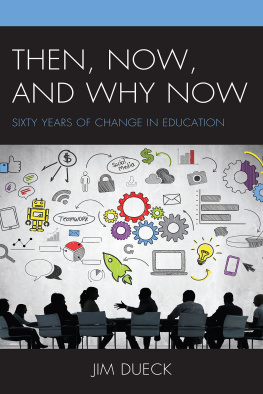
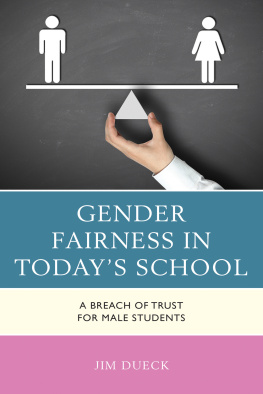

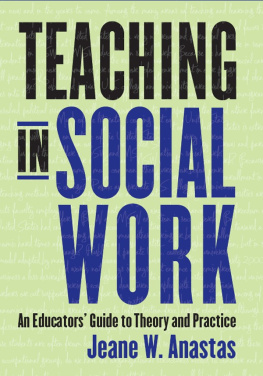
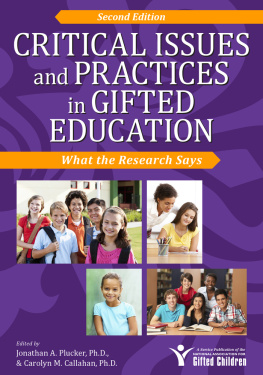
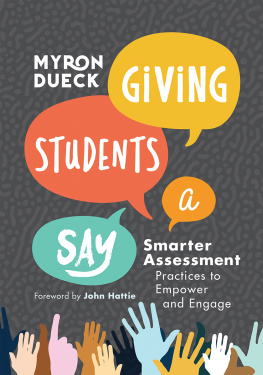

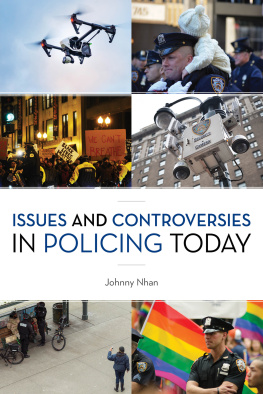

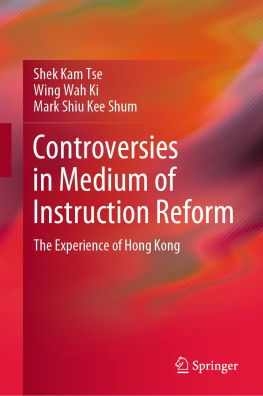

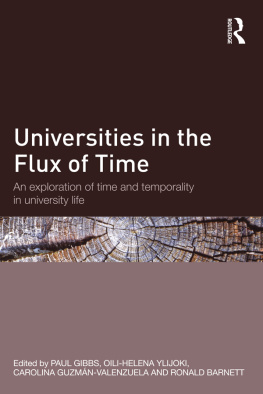

 The paper used in this publication meets the minimum requirements of American National Standard for Information SciencesPermanence of Paper for Printed Library Materials, ANSI/NISO Z39.48-1992.
The paper used in this publication meets the minimum requirements of American National Standard for Information SciencesPermanence of Paper for Printed Library Materials, ANSI/NISO Z39.48-1992.